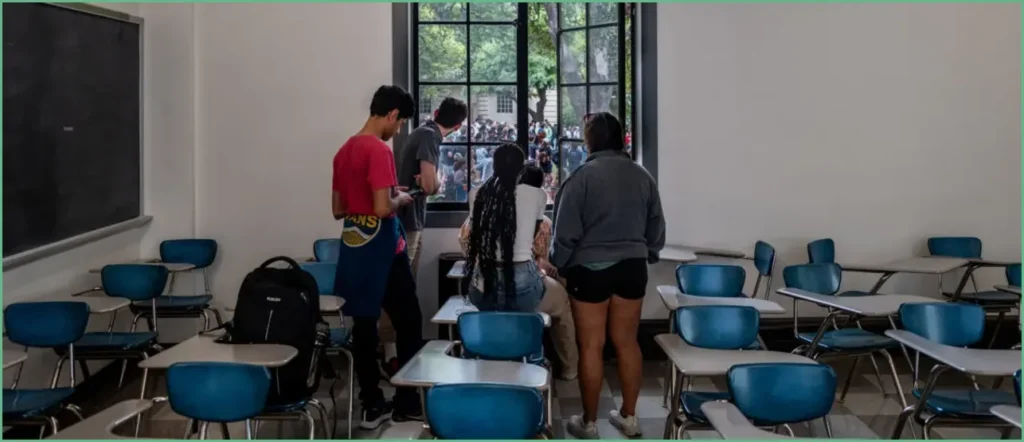Seattle parents have taken their daughter’s case to federal court, accusing Seattle Public Schools and school officials of turning a blind eye while a freshman faced sustained antisemitic harassment, threats and vandalism. The suit paints a picture of a student singled out for her faith and left without real protection, prompting a legal fight for accountability and safer schools.
The lawsuit names Seattle Public Schools, Nathan Hale High School and former principal Dr. William Jackson as defendants, alleging a pattern of threats, slurs and vandalism directed at “M.K.L.” over many months. According to the complaint, these incidents accelerated after the Israel-Hamas War began on Oct. 7, 2023, when classmates reportedly leveled antisemitic attacks at her. The family says the school repeatedly failed to take effective action despite their warnings and pleas for help.
The student is described as openly Jewish, wearing a Star of David necklace and participating in the Jewish Student Union, which made her a visible target. Classmates allegedly told her to kill herself and hurled slurs while swastikas appeared in classrooms, on desks and in the softball dugout where she was reportedly the only Jewish player. The complaint includes disturbing claims that peers said they wished Hitler had “finished the job.”
Threats escalated during a planned student walkout when organizers pushed a “Free Palestine” demonstration, and parents say students warned “M.K.L.” she would be attacked if she showed any Jewish clothing. Fearing for their child’s safety, her parents kept her home the day of the walkout and emailed school leadership with urgent concerns the day before. Those warnings, the family alleges, were met with little more than assurances and no meaningful follow-through.
The lawsuit recounts a meeting with the principal in which he told the family he knew about the threats and asked the student to report future incidents to him directly while saying he would review surveillance footage. The family says no substantive steps were taken after that meeting, and the harassment continued. Those gaps in response are central to the federal claim: that the district failed to protect a vulnerable student against targeted religious hostility.
Beyond the emotional toll, the parents emphasize the legal obligation schools have to keep students safe and free from harassment. When a district treats one student’s complaint differently from another’s, it undermines trust and raises the question of whether bias or incompetence shaped the response. Parents deserve clear answers about what was done, when, and why the measures taken were apparently insufficient.
This case will put the district’s policies and practices under a harsh spotlight, and rightly so. School leaders must show they can enforce discipline consistently, protect students regardless of background and act swiftly when threats surface. When they fail, parents are left with no option but to use the courts to force accountability and change.
The psychological impact on a teenager facing repeated threats and social exclusion is real and long-lasting, and the complaint points to cyberbullying on platforms like Instagram and TikTok as part of the campaign against the student. That combination of in-person and online harassment can isolate a young person and damage her ability to learn and feel safe at school. Schools that ignore that reality are failing their core mission.
There’s a broader lesson here for districts across the country: policies alone do not protect students, and public statements about inclusion mean little without consistent enforcement. Parents, taxpayers and elected school boards must demand transparency and outcomes, not excuses. When allegations involve hate or threats, immediate, documented steps and criminal referral when appropriate should be the default response.
The family’s lawsuit seeks not just compensation but structural change to prevent other kids from suffering the same fate. That approach aims to create accountability and incentives for better training, clearer reporting channels and stronger consequences for those who target classmates for their religion. Courts are often the venue where bureaucratic inertia finally meets consequences; this case could force reforms or clarifications in district practice.
At stake is more than one student’s experience; it’s the message school systems send about whose safety matters. Parents want schools that protect children equitably, uphold the law and provide a learning environment free from terror and intimidation. This lawsuit is a blunt reminder that when schools waver, the courts and families will step in to make sure every child’s basic right to safety is defended.
